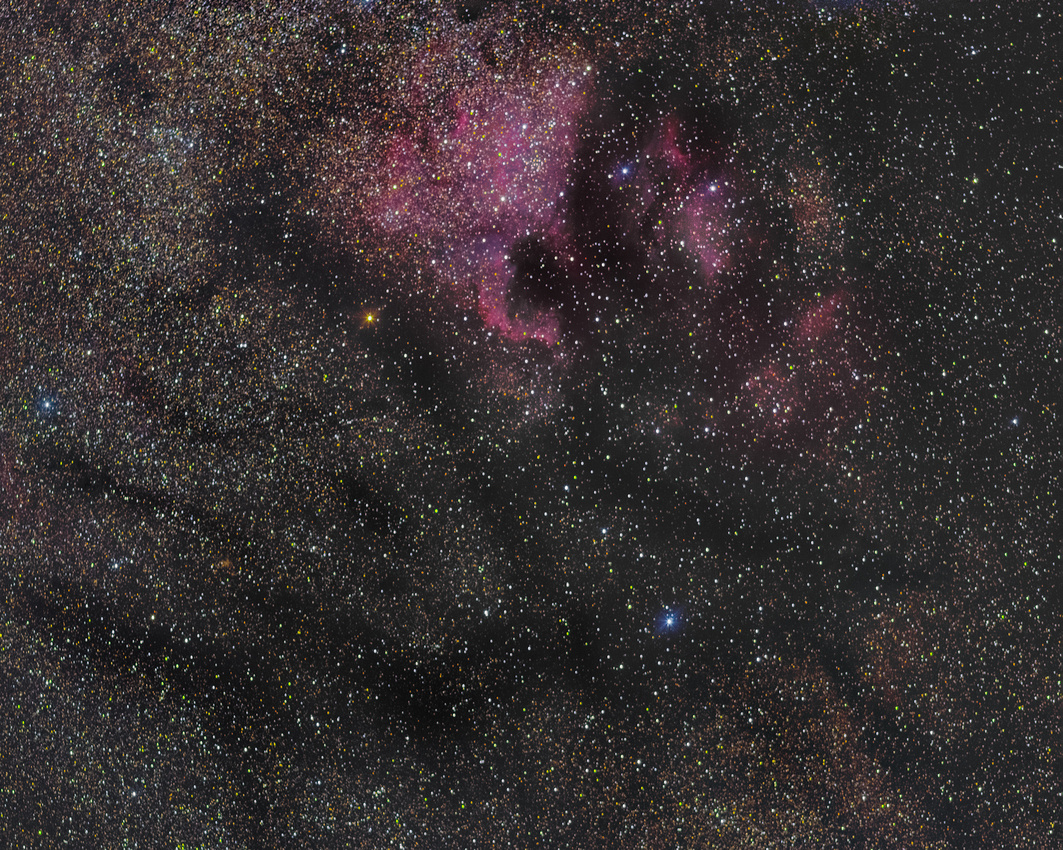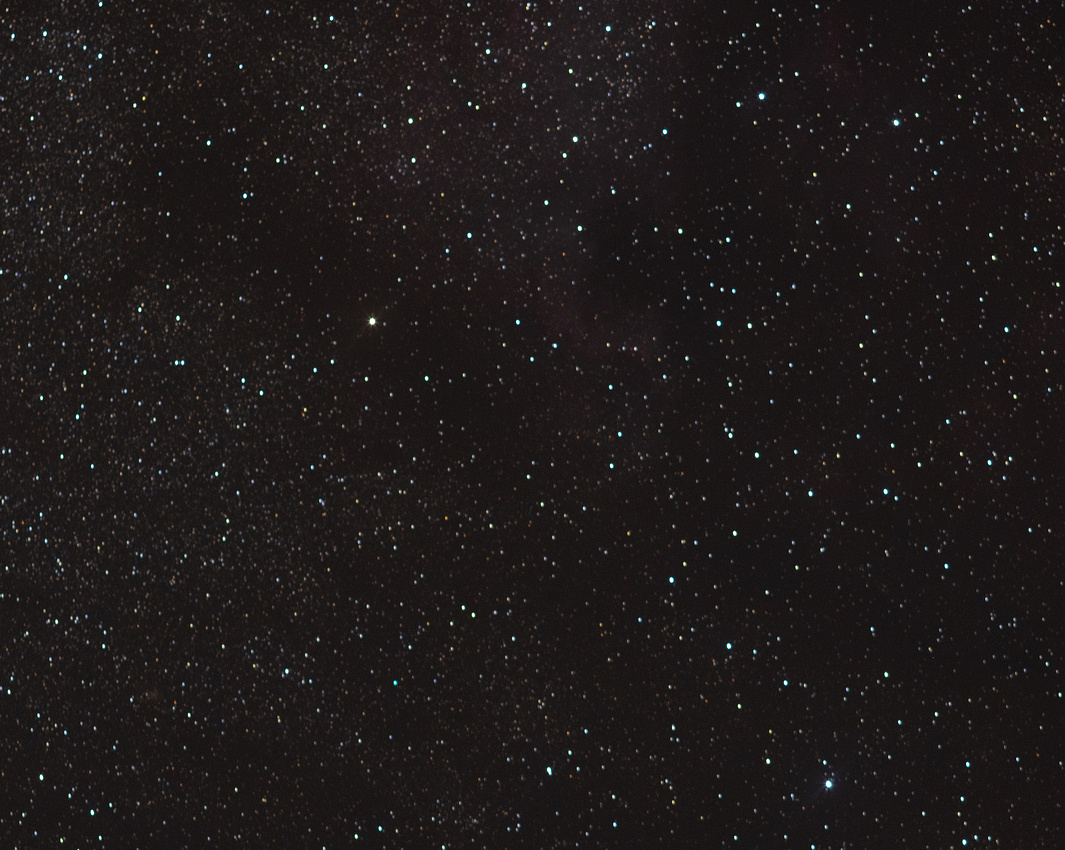Pareidolia


I’ve waited years to use this word. Forty-six years in fact. I first ran across this word studying for the Medical College Admission Test.
It’s pronounced par·ei·do·lia | per-ˌī-ˈdō-lē-ə
According to Webster, it’s the tendency to perceive a specific, often meaningful image in a random or ambiguous visual pattern. Read on; I’ll use it near the end.
A night under the stars
Last August 11th, I met fellow photographer Rich Kolar near Morrison, Illinois to photograph the Perseid meteor shower. We had hoped to shoot from Morrison-Rockwood Park, but it was closed due to downed trees from the recent derecho.
We settled for a park in Morrison. I had two cameras going. The first was aimed at the meteor shower radiant, the spot in the sky where the meteors appear to originate.
The second camera was on a portable star tracker. Without a tracker to counteract the motion from earth’s rotation, the stars record as curved trails in the sky. It was aimed at a specific part of Milky Way overhead near the star Deneb.
I wanted to see if I could photograph the North American Nebula.
What’s a nebula?
A nebula is formed when ionized gases glow like a neon sign. The most common source of ionization is high-energy ultraviolet photons from a nearby hot star. Newly formed hot, massive stars in this area are causing interstellar hydrogen atoms to glow red. Since the distribution of interstellar gas is irregular, the shape of the nebula is irregular.
The North American Nebula is about 1,800 light years distant. It covers a region more than ten times the area of the full moon. But because its surface brightness is low, the unaided eye normally can’t make it out.
Why the name North American?
Astronomers commonly suffer from pareidolia (finally!) when viewing celestial objects. Nebula photographs suggest the outline of the North American continent. And just to the right of “Florida” is the Pelican Nebula. Separating the two nebula and below the two nebulae are dark, obscuring dust lanes.
Astrophotography images must be heavily processed to bring out the nebulosity. I’m a newbie, but it was fun pulling the finished product out of 20 stacked images that look like this straight out of camera.

 Thanks for looking,
Thanks for looking,
Chuck Derus